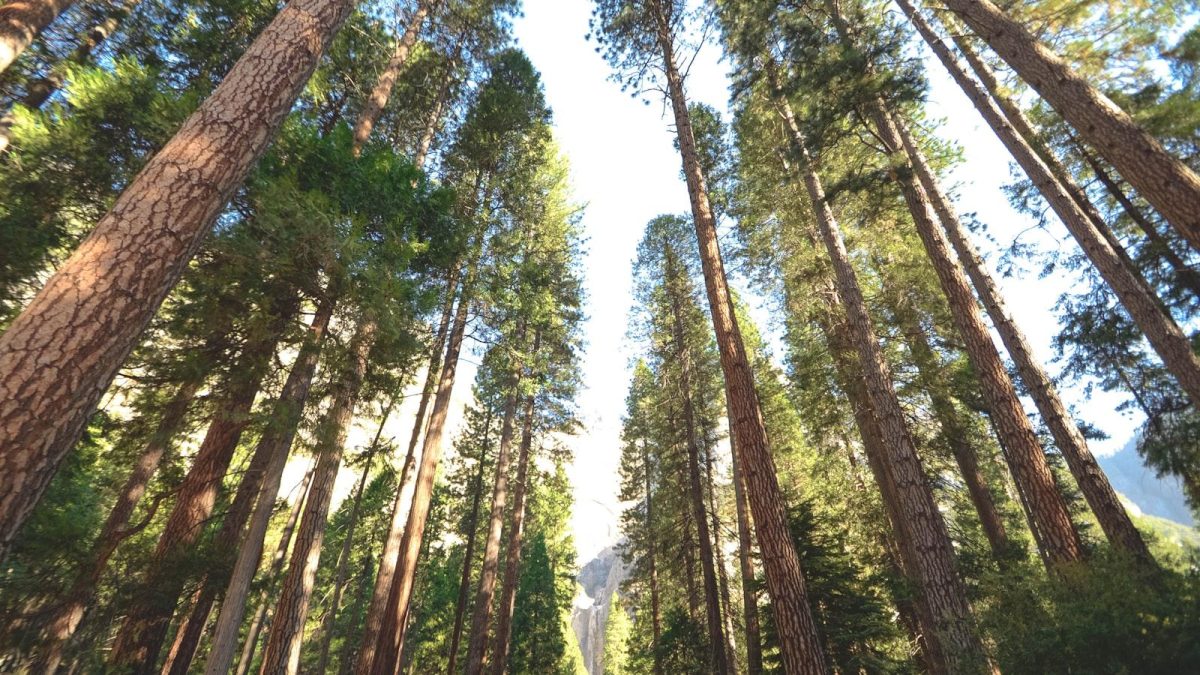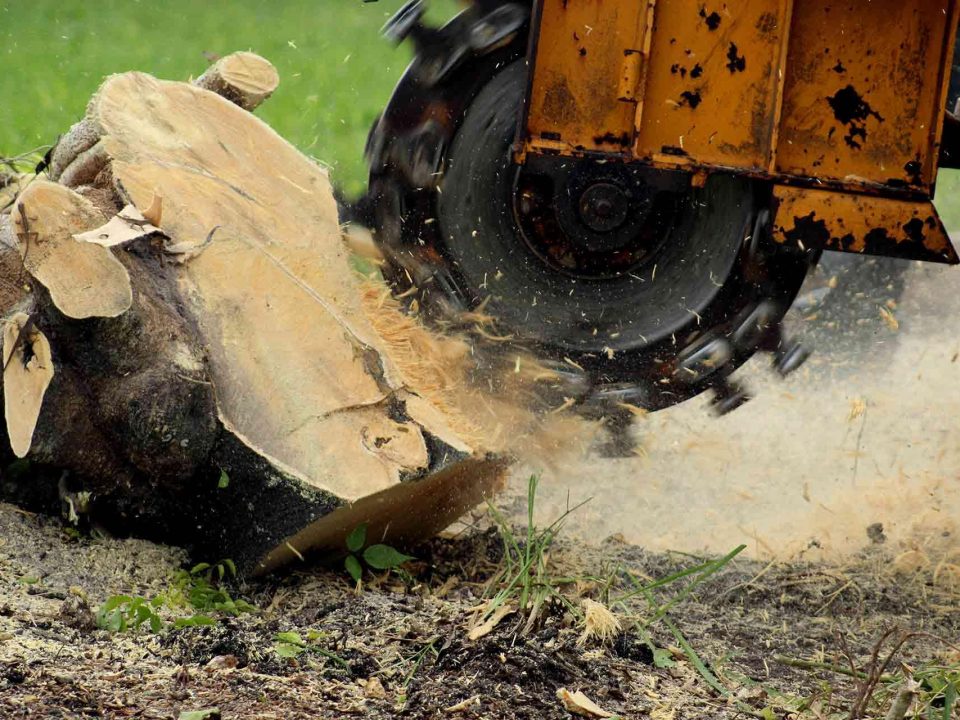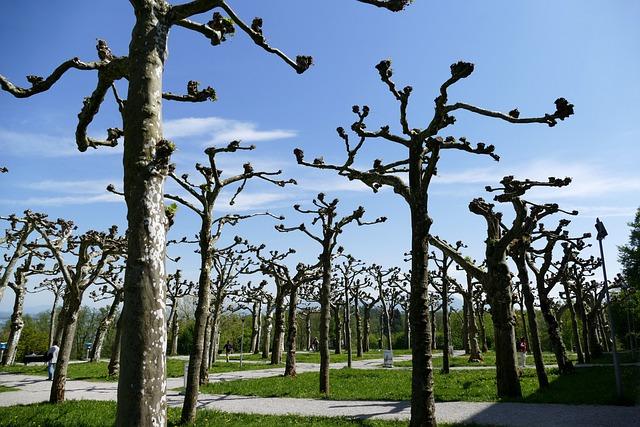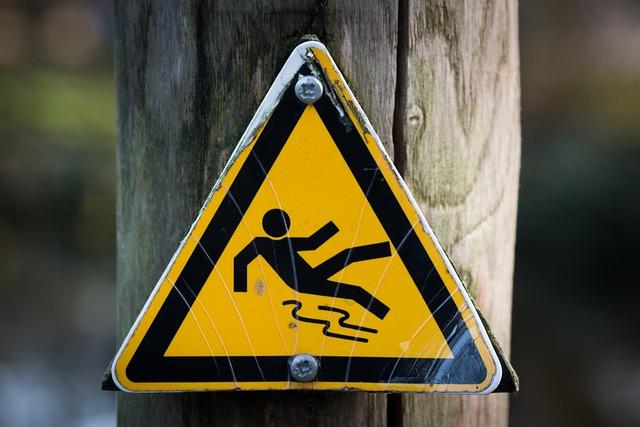Trees as Natural Climate Regulators

Trees play a crucial role in regulating Earth’s climate by acting as natural carbon sinks. As the world faces the increasing threat of climate change, understanding the importance of trees as natural climate regulators is more important than ever. In this article, we will explore how trees help to mitigate the effects of climate change and why their preservation is vital for the future of our planet.
Table of Contents
- The Role of Trees in Carbon Sequestration
- The Impact of Deforestation on Climate Change
- How Trees Help Combat Air Pollution
- Strategies for Increasing Tree Cover in Urban Areas
- Q&A
- Conclusion
The Role of Trees in Carbon Sequestration
One of the crucial roles that trees play in our ecosystem is their ability to sequester carbon dioxide from the atmosphere. Through the process of photosynthesis, trees absorb carbon dioxide and store it in their biomass, helping to reduce the levels of this greenhouse gas in the atmosphere. This is vital for mitigating climate change and its impacts on our planet.
In addition to sequestering carbon, trees also release oxygen as a byproduct of photosynthesis, which is essential for all living organisms. This process helps to improve air quality and create a healthier environment for both humans and wildlife. Trees also provide numerous other benefits, such as shading and cooling urban areas, reducing soil erosion, and providing habitat for diverse species.
| Benefits of Trees in Carbon Sequestration: |
|---|
| Reduce levels of carbon dioxide in the atmosphere |
| Release oxygen for human and animal health |
| Improve air quality and create a healthier environment |
| Provide habitat for various species |
The Impact of Deforestation on Climate Change
One of the key ways in which deforestation impacts climate change is through the removal of trees, which are natural climate regulators. Trees play a crucial role in absorbing carbon dioxide from the atmosphere and releasing oxygen through photosynthesis. When forests are cleared, this vital process is disrupted, leading to an increase in greenhouse gases in the atmosphere and contributing to global warming.
Furthermore, deforestation also results in the loss of biodiversity and negatively affects local ecosystems. Trees provide habitats for a wide range of plant and animal species, and their removal can disrupt these fragile ecosystems. The loss of biodiversity can have long-term consequences, including decreased resilience to climate change and the loss of valuable genetic resources.
| Effects of Deforestation on Climate Change |
|---|
| Increased greenhouse gases in the atmosphere |
| Loss of biodiversity and disruption of ecosystems |
| Reduced carbon sequestration capacity |
How Trees Help Combat Air Pollution
One of the most powerful ways trees help combat air pollution is through a process called photosynthesis. During photosynthesis, trees absorb carbon dioxide from the atmosphere and produce oxygen, helping to purify the air we breathe. This natural process plays a crucial role in reducing greenhouse gases and mitigating the effects of climate change.
Furthermore, trees act as natural filters, trapping harmful pollutants such as ozone, sulfur dioxide, and nitrogen oxides. The leaves of trees help to capture these pollutants, preventing them from being released into the air. This not only improves air quality but also protects human health by reducing the risk of respiratory illnesses and other health problems associated with air pollution.
Strategies for Increasing Tree Cover in Urban Areas
One effective strategy for increasing tree cover in urban areas is to prioritize the planting of native tree species. Native trees are well adapted to the local climate and soil conditions, making them more likely to thrive and provide essential ecosystem services. Utilizing a mix of canopy, understory, and groundcover trees can create a diverse urban forest that supports a wide range of wildlife and improves overall biodiversity.
Another important approach is to implement tree planting programs in collaboration with community groups, schools, and local government agencies. Engaging residents in tree planting events not only increases tree cover but also fosters a sense of ownership and stewardship among community members. Providing education on the benefits of trees, proper tree care, and involving residents in the decision-making process can help ensure the long-term success of urban tree planting initiatives.
Q&A
Q: How do trees act as natural climate regulators?
A: Trees absorb carbon dioxide from the atmosphere during photosynthesis and store it as carbon in their trunks, roots, and leaves. This process helps to reduce the amount of greenhouse gases in the air, ultimately mitigating climate change.
Q: Do different types of trees have varying levels of impact on climate regulation?
A: Yes, different species of trees have varying abilities to sequester carbon and release oxygen. Generally, larger and older trees have a greater impact on climate regulation than smaller, younger trees.
Q: How do forests play a role in climate regulation on a larger scale?
A: Forests act as carbon sinks, absorbing and storing vast amounts of carbon dioxide. They also help to regulate local and global temperatures by providing shade, releasing moisture into the air, and creating a cooler microclimate.
Q: What are some other benefits of trees as natural climate regulators?
A: In addition to mitigating climate change, trees provide countless other ecological benefits, such as improving air and water quality, enhancing biodiversity, and reducing soil erosion.
Q: How can individuals support the role of trees in climate regulation?
A: Individuals can support tree planting and reforestation efforts, reduce their own carbon footprint by using sustainable practices, and advocate for forest conservation and protection. By taking these actions, we can all play a part in preserving trees as natural climate regulators.
Conclusion
In conclusion, trees play a crucial role in helping regulate Earth’s climate by absorbing carbon dioxide and releasing oxygen through the process of photosynthesis. Their ability to sequester carbon helps mitigate the effects of climate change by reducing greenhouse gas emissions in the atmosphere. As we continue to witness the impacts of a changing climate, it is imperative that we prioritize the preservation and restoration of forests worldwide. By recognizing the vital role of trees as natural climate regulators, we can work towards a more sustainable future for generations to come. Let us all do our part in protecting and nurturing these valuable ecosystems for the benefit of the planet and all its inhabitants.
Simpsons Tree Services, Servicing Melbourne’s North Eastern Suburbs
Book a quote online at www.simpsonstrees.com.au



